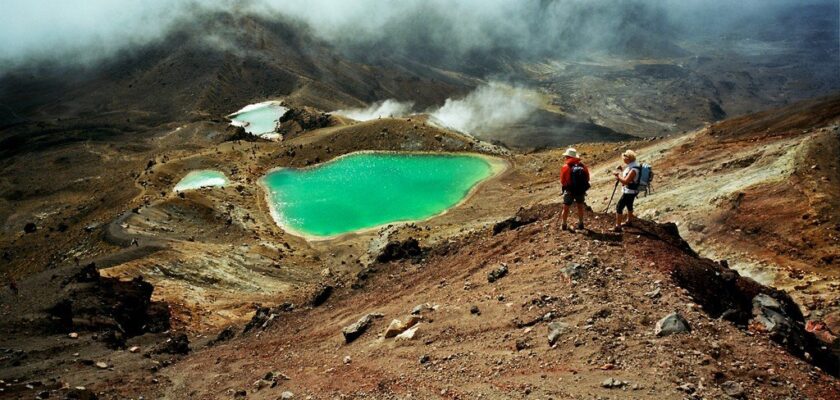Tongariro National Park
Tongariro National Park in central North Island is New Zealand’s oldest nature reserve. It is enduringly popular for its grand landscapes and natural wonders.
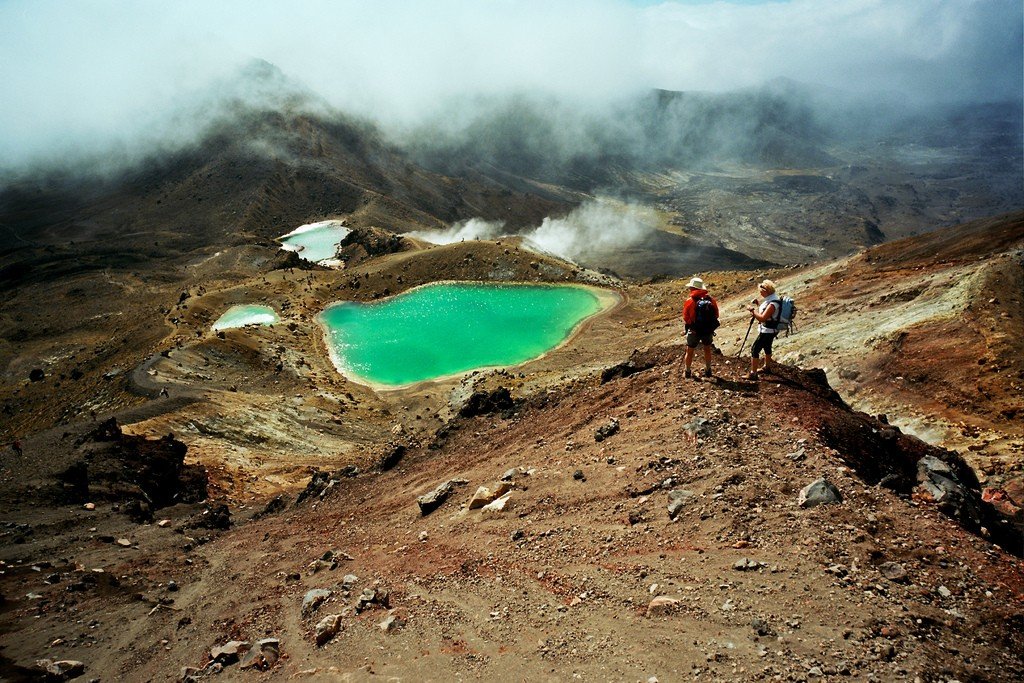
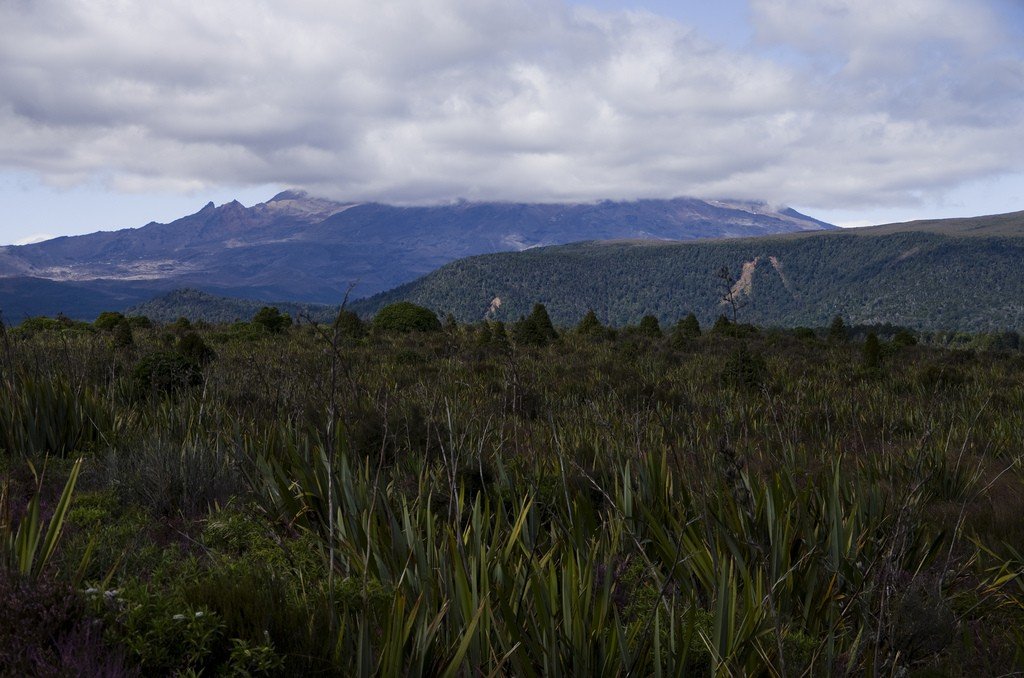
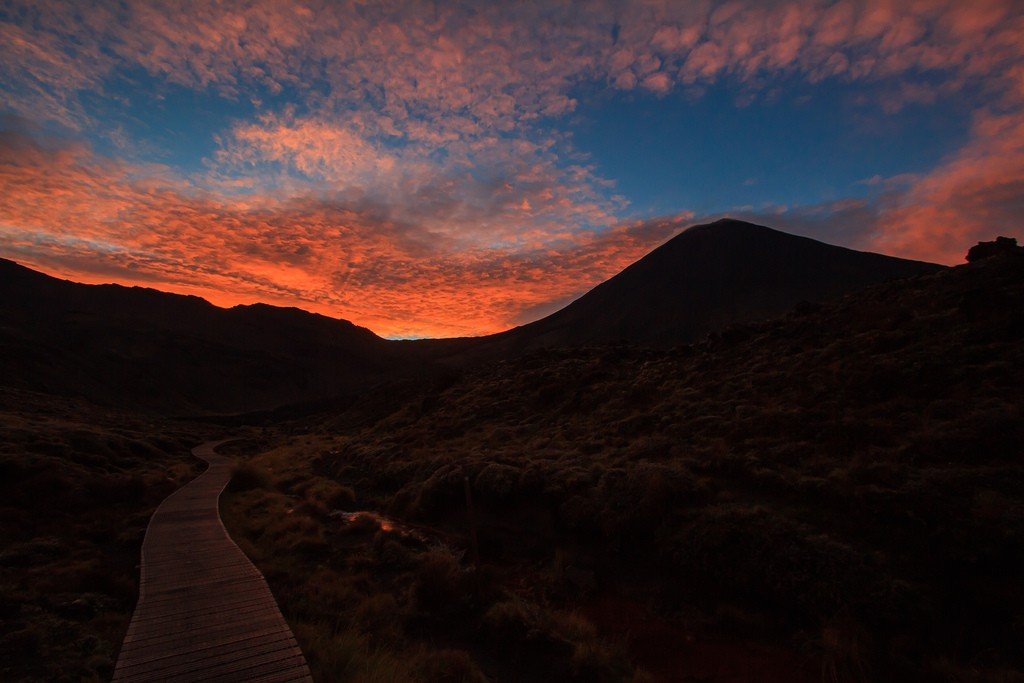
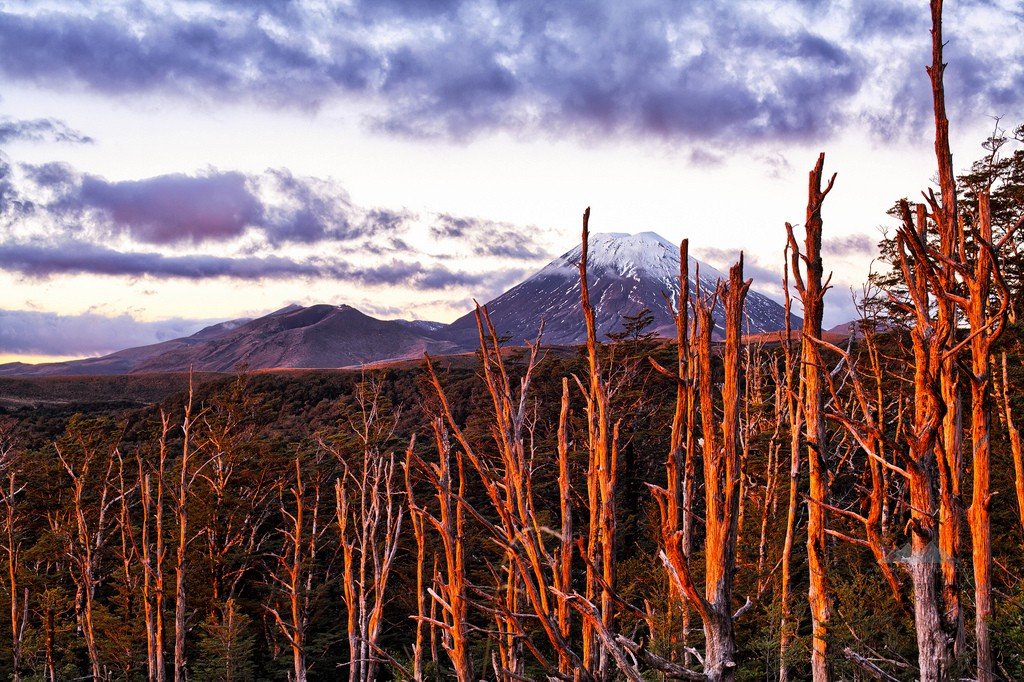
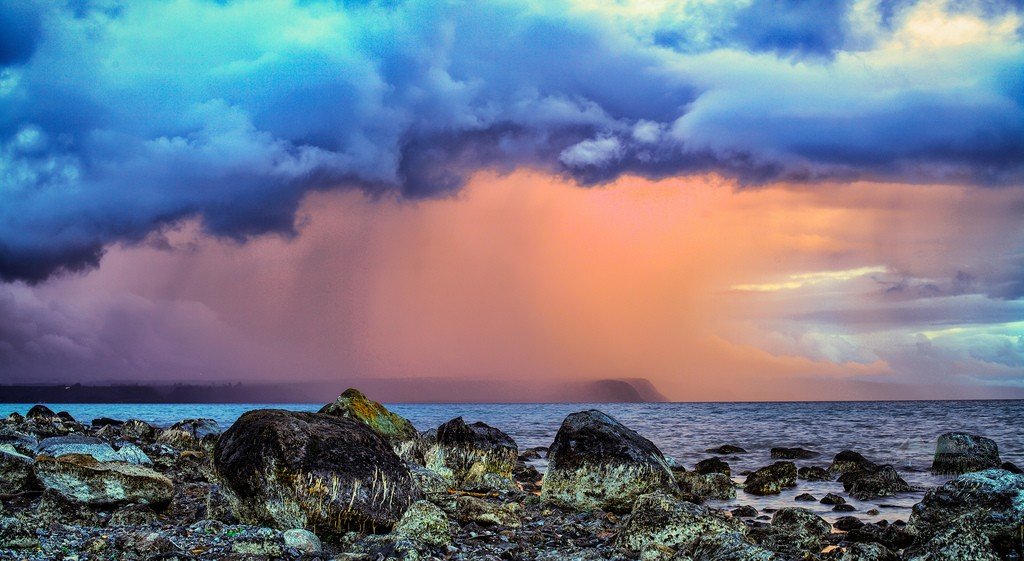
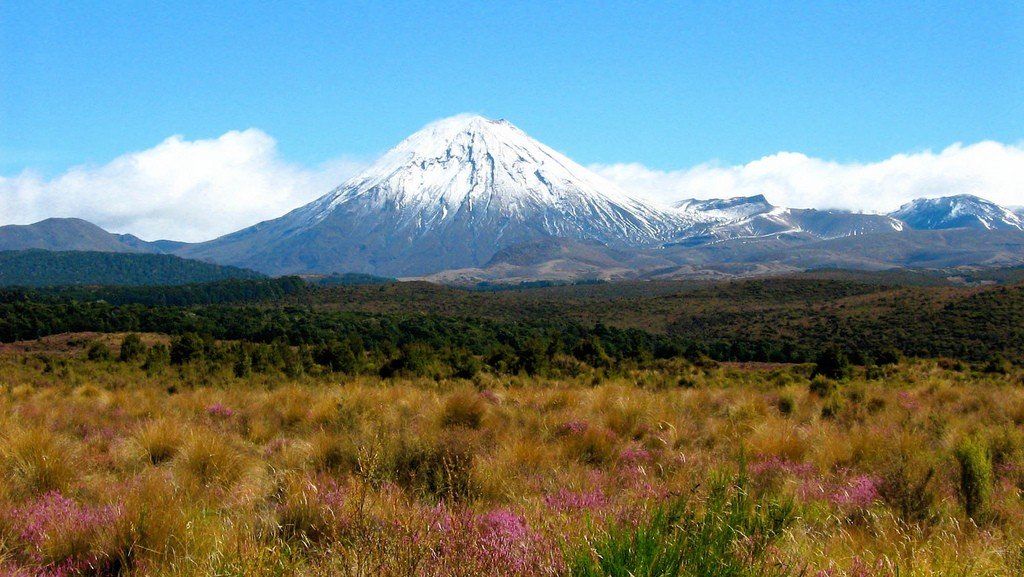
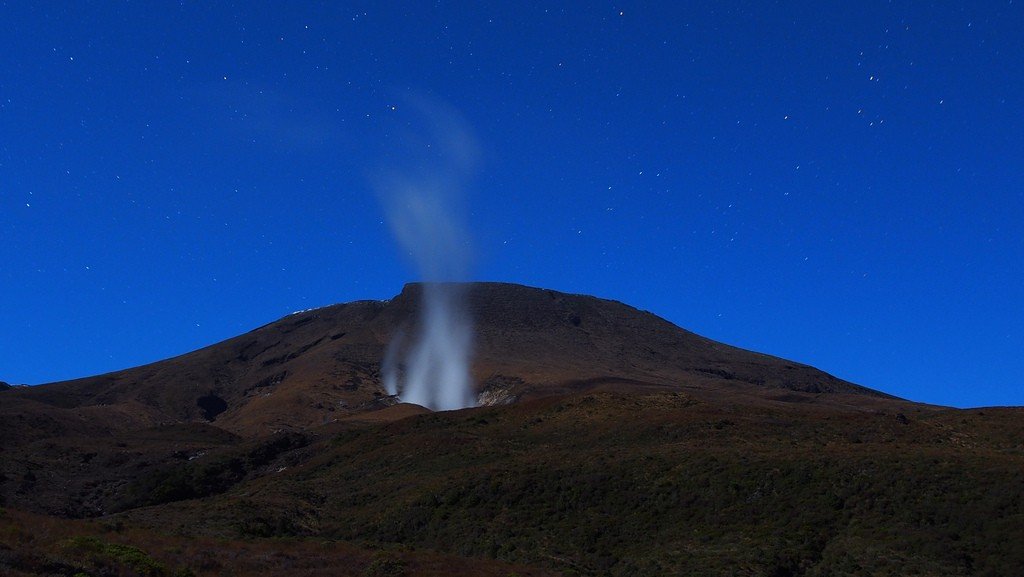
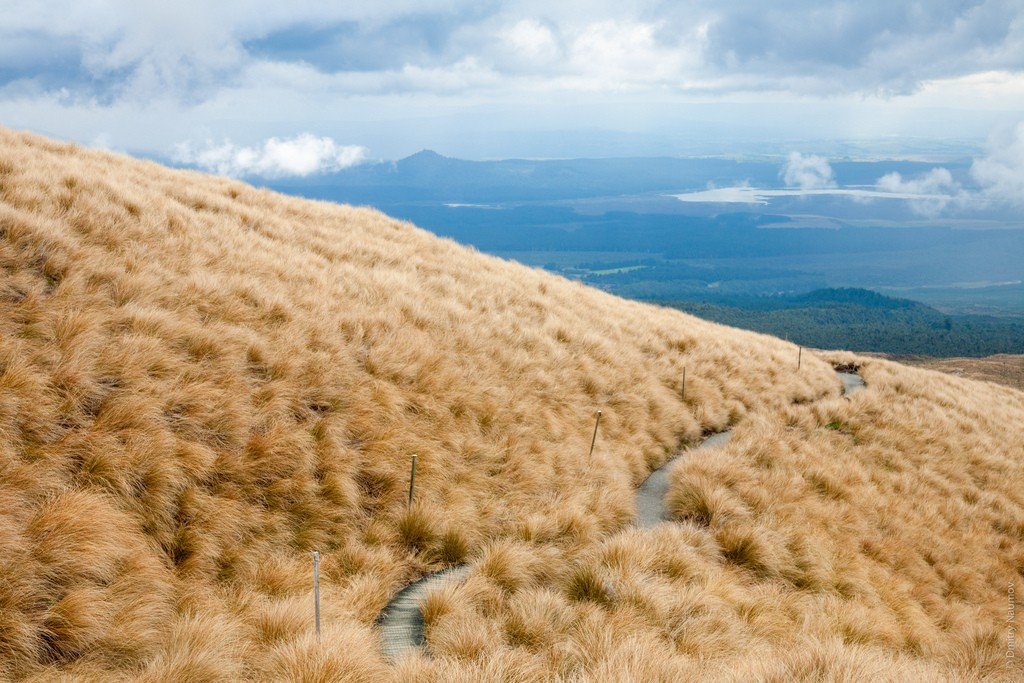
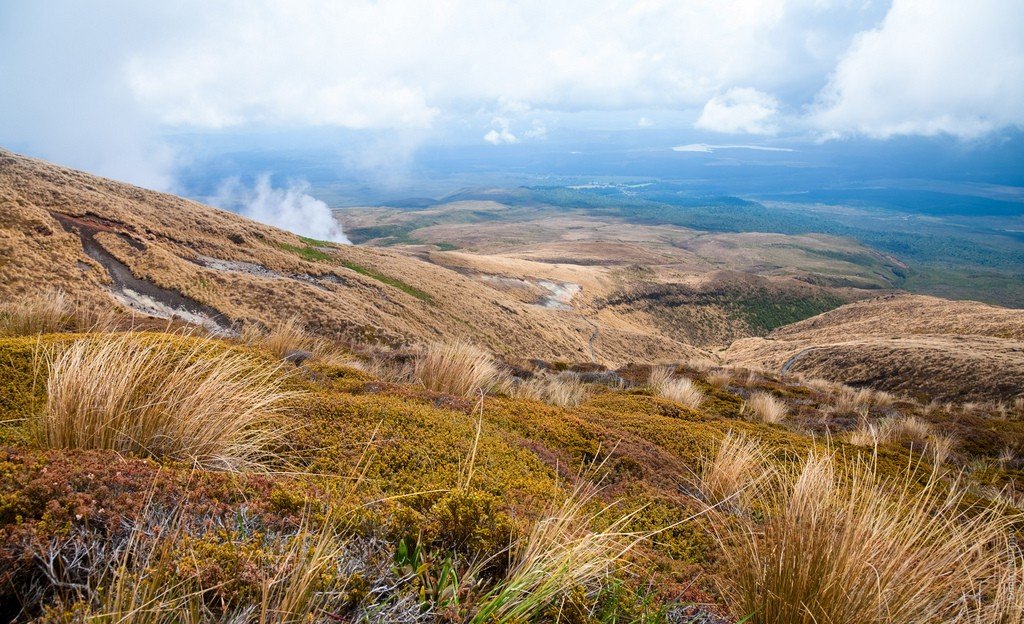
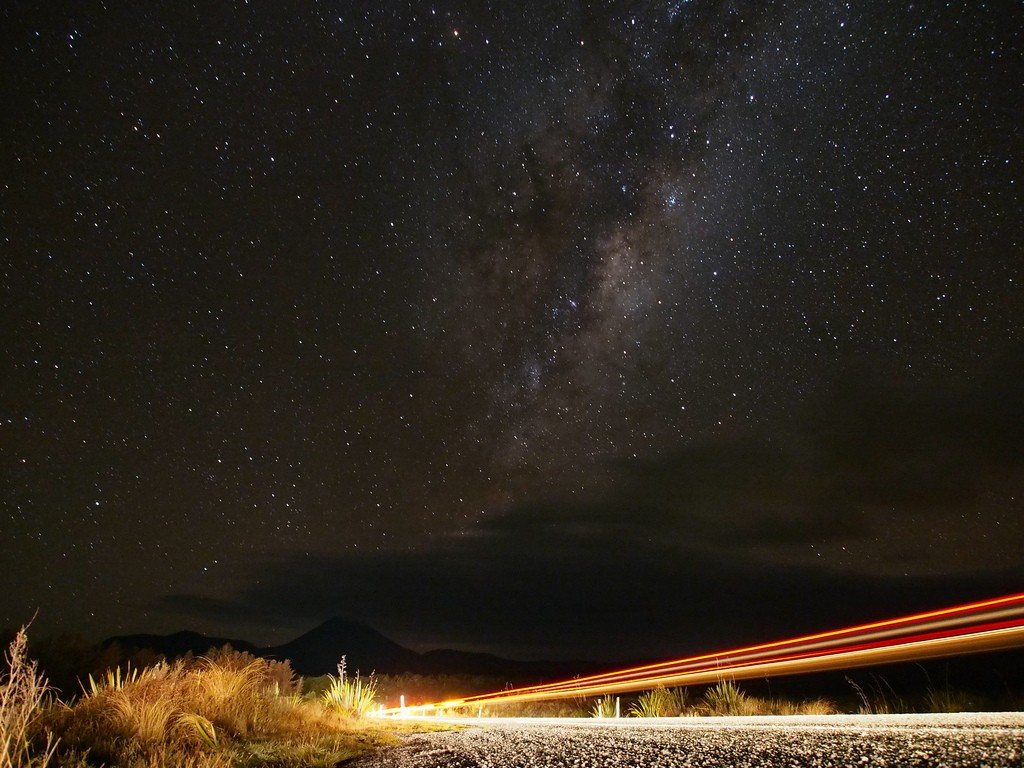
General Information
Tongariro National Park is awash in lush vegetation on one edge and suppressed by a desert plateau on the other. The waves of its crystal clear lake splash against shores of solidified lava. Above them on volcanic peaks, eternal snows glisten white. The Maori Aborigines honor Tongariro as a sacred place. The three active volcanoes of Tongariro (1968 m), Ngauruhoe (2291 m) and Ruapehu (2797 m) are still central to Māori legends and myths today.
.Facts:
.- Location and size: Tongariro National Park is located on New Zealand’s North Island. It is New Zealand’s oldest nature reserve, established in 1894.Its total area is about 796 square kilometers. .
- Elevation: most of the highlands rise between 500 and 2,797 meters above sea level. The three active volcanoes are Tongariro (1968 m), Ngauruhoe (2291 m) and Ruapehu (2797 m).”
- UNESCO World Heritage List: Tongariro was inscribed on the UNESCO World Heritage List in 1991 .
- Maori: Tongariro is an important sacred site for the Maori tribe. The Maori are Aboriginal people of New Zealand and are thought to have settled on the islands between the 8th and 14th centuries, having traveled from Polynesia in several waves of migration.”
- Mount Ngauruhoe is known as Fatal Mountain from the movie version of The Lord of the Rings.”
Legends tell of Ngatoroirangi, the chief of the Tauharetoa tribe. To assert his power over the land, Ngatoroirangi had to climb Mount Tongariro and light a fire there. Taking only his servant girl Auruhoe with him, the chief went to the mountain, but it was so cold that he almost froze to death. In desperation he called out to his sisters, who were great priestesses in their homeland of Hawaii. They heard their brother’s desperate call and caused the earth to split open so that the hidden fire could burst forth from there. To thank the volcano god, Ngatoroirangi sacrificed his faithful maid. And ever since, the Maori have called the mountain Ngauruhoe, in memory of the unfortunate sacrifice.
.
The descendants of Ngatoroiranga still dwell in the vicinity of Mount Tongariro, their great shrine. When the mass migration of whites began in the nineteenth century, the paramount chief of the Tauharetoa, Te Heuheu Tukino IV, tried diplomatic tricks to prevent them from taking over his tribe’s lands. In 1887, he gave the British crown three volcanoes in exchange for a promise to establish a protected zone around them. The sacred sites thus became the center of Tongariro National Park, founded in 1894.
.
At the center of the national park stand three famous volcanoes. Although they are all geologically active, only Ruapehu erupts quite frequently.
.
Volcanic and other tectonic activity has turned much of Tongariro National Park into bare highlands with small patches of green scenery.
.These areas have become a haven for abundant flora and fauna. Meadow grasses, lichens, high-altitude shrubs and coniferous trees grow at the edge of the eternal snows.
.
The forests on the slopes of the volcanoes are home to over 50 different species of birds, including the famous kiwi, which has become a symbol of New Zealand.
.